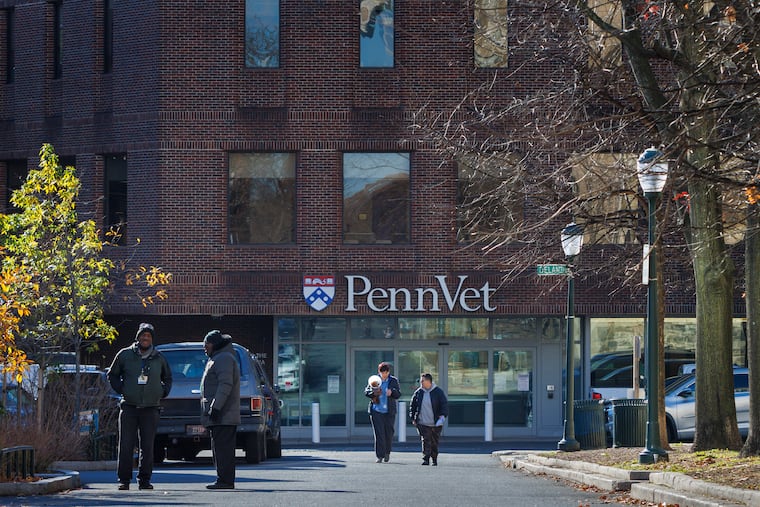Penn Vet students say they’re working 100-hour weeks and patient care is suffering
Scores of current students and recent graduates say that Penn Vet sees them more as an unpaid labor pool to tap than students who are paying more than $60,000 a year to be educated.
